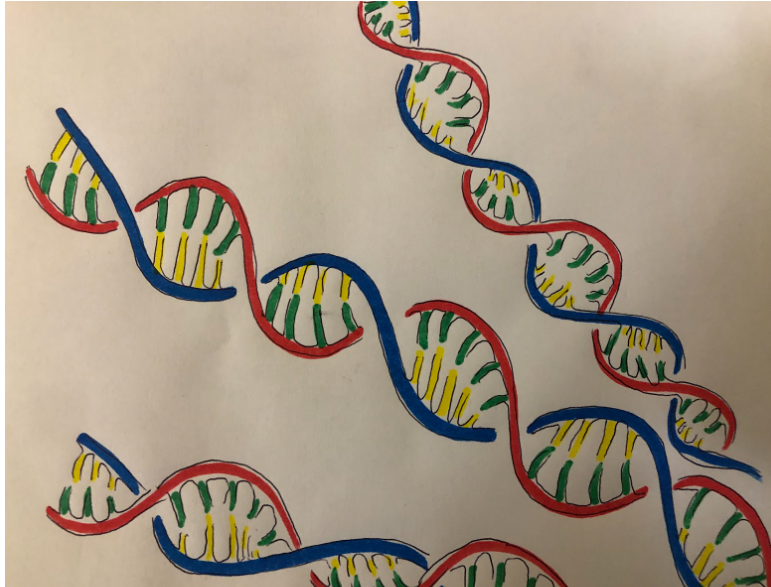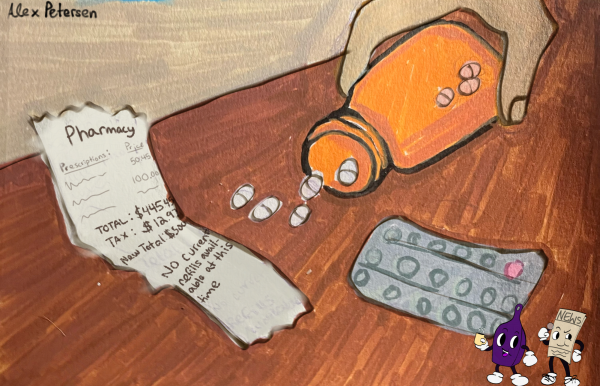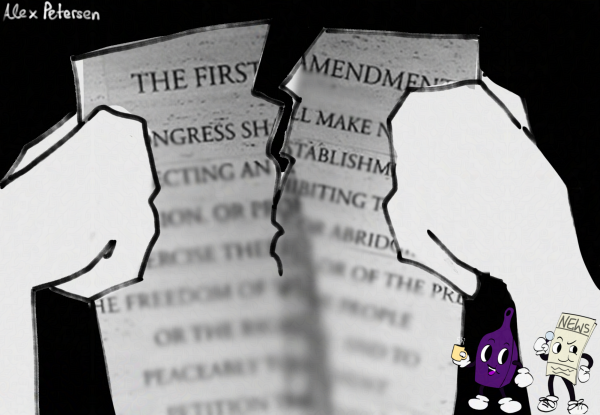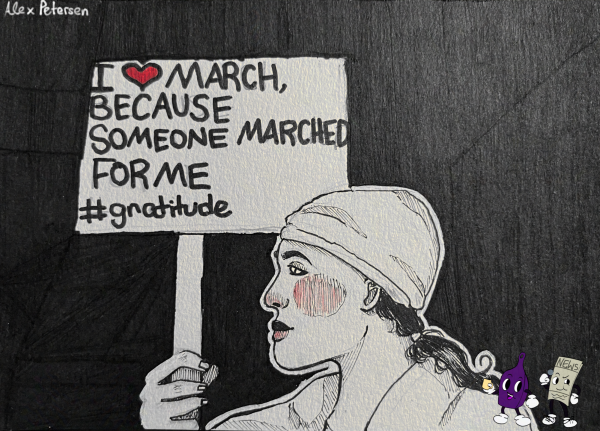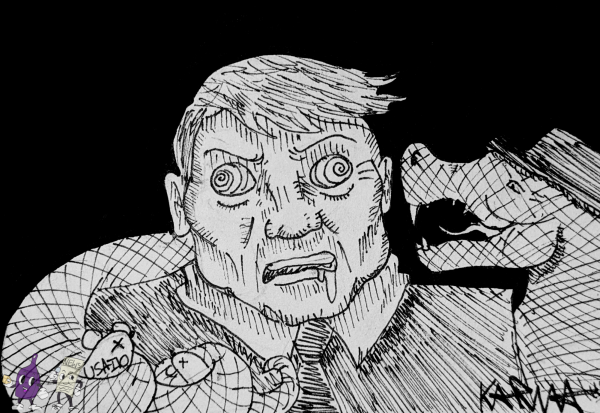STEM CELL TRANSPLANT CURES AIDS FOR CANCER PATIENTS
Five people with HIV and Leukemia cured after undergoing intensive stem cell treatment
Drawing of DNA strands
After years of extensive research, specialists have found what is believed to be a cure to the often deadly sexually transmitted diseases HIV(Human Immunodeficiency Virus) and AIDS (Acquired Immunodeficiency Syndrome).
HIV is a disease which harms the blood cells that fight infection, AIDS is a further developed version of the virus that more harshly damages one’s immune system (HIV.gov). Until now there has been no possible cure for the illness.
“For most people, HIV is a lifelong infection, and the virus is never fully eradicated” (ABC).
However, as of late reports, a 53 year old man known as the “Dusseldorf Patient ” is the fifth person to have been cured of HIV/AIDS (ABC). Studies have shown five people from across the world being rid of the virus in the last several years due to a process known as a Stem Cell Transplant.
“The transplant essentially
Deutsche Welle
replaces the patient’s
immune system with
the one that is
resistant to HIV”
It is important to note that each of the patients having been successfully cured were all also being treated for Leukemia or blood cancer (Healthline). With their blood cell count depleted from chemotherapy, each patient either had blood or bone marrow from a donor introduced into their body with intent of treating the cancer (Nature). However, the blood donors selected were in possession of a highly important gene.
The genetic mutation CCR5Δ32 blocks the protein CCR5 that helps HIV to infect blood cells (Weill Cornell Medicine). This mutation has helped transplant receivers to delete any detectable traces of HIV from their systems, even after years of stopping antiviral medications, which keep HIV levels low (ABC).
According to Deutsche Welle, “The transplant essentially replaces the patient’s immune system with the one that is resistant to HIV”.
The real trouble is finding a donor with not only a compatible blood type, but also the genetic mutation. Only 1% of the population has CCR5Δ32 and is therefore HIV resistant (ABC). If family members are not a viable option, donors are searched for from all over the planet (Healthline). The process can take years, time some patients simply do not have.
In addition to compatible donors being incredibly hard to find, stem cell transplants are extremely risky procedures. If the donor is not a close match the patient can develop graft vs. host disease where the stem cells attack the immune system of the patient (Healthline). This means that doctors do not recommend stem cell treatment unless it is a last resort. Some officials are even hesitant to use the term cure when discussing the treatment’s success since there have only been five cases where the virus has yet to return (Healthline).
In an interview with Dr. Monica Gandhi, Healthline explained this, “‘We don’t use the term ‘cure’ lightly. This is because HIV can hide in reservoirs in the body, so the term ‘cure’ implies there is complete eradication of the virus from the body. We can’t find any of it…’”
So in turn, although five people have been successfully ridded of the disease, medical professionals are not considering this a cure for the general public (Healthline).
As noted by Healthline, experts feel this should not discourage people from hope for a cure for all. This treatment is a step in the right direction in a long and complicated process. Although it is not widely available, it does mean that those like the Dusseldorf patient are able to free themselves of this deadly virus.

"I think it pisses God off when you walk by the color purple in a field somewhere and don't notice it" (Alice Walker).



